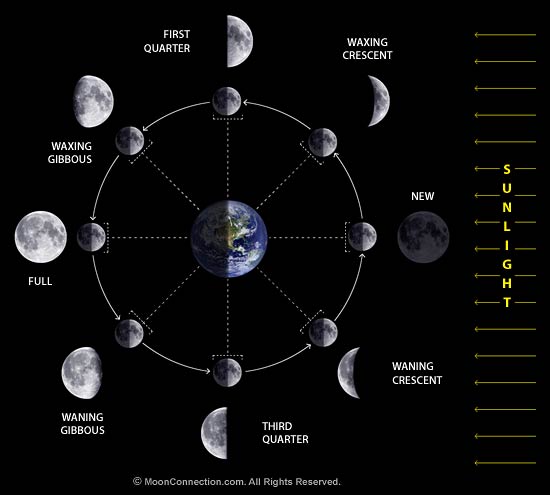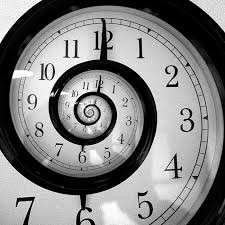The interesting thing about “TIME” is that it is the one fundamental that we are all subject too, we cannot escape it. But what is TIME? Where did it come from?, where is it going? Can we travel through TIME?
But before I go into explaining things like time travel lets look at the basics.
TIME – Definition
One of the Dictionary meanings of TIME ~ the indefinite continued progress of existence and events in the past, present, and future regarded as a whole.
TIME – Where did it come from
Time as in minutes, seconds, months and years are what we today base our understanding on time.
A year – simply put is the time the Earth rotates around the Sun and arrives back at the same point. It takes ~ 365.256 days for this to happen.
Interesting Fact – This is why we celebrate 365 days in the year, every 4 years we add an extra day to balance things up.
A Day – Is the time for the Earth to rotate completely on its axis.
Interesting Fact – In today’s calculations a “day” is not a full 24 hours. In cast it is only 23 hours and 56 minutes and 4 seconds.
A Lunar Month – People before clocks calculated things like age, time, seasons by the Moon. Each full Moon was considered a complete segment of time. There is approximately 12.3 Lunar months in a year.
Interesting Fact – is that in today’s calculations it takes the Moon only 27.3 days to reach the same point in its orbit around the Earth – Known as a Sidereal Month. However as the Earth moves around the Sun, for the Moon to reach its “full” state the Moon must travel from 29.18 to about 29.93 days to reach the same state. This is known as the Synodic Month.
To know why we uses the months and names we use is another story all in itself. and comes mostly from Romans. Worth your further reading if you are interested.

This is where things go from easy to slightly trickier. It makes sense for a day and a year or even lunar months, but how did we get seconds, minutes and hours, or even our 12 month calendar?
An Hour – There has been many speculations however, even back as far as the ancient Egyptians 1500 B.C. used Sun Dials to mark the passage of time. They divided the day into 12 as they valued the “duodecimal’ system (base 12). Believed to come from their observation of around 12 Lunar months in a Year. These periods were daylight periods, and soon developed in what we now call an hour. However Winter Hours were shorter, and Summer hours were longer but in short it helped them plan their days. Slowly over time they started to also divide the night into 12 periods with the use of water clocks and watching the stars. By 147 B.C. and 127 B. C. Hipparchus proposed dividing the day into 24 equinoctial hours, 12 daylight and 12 night.
Minutes & Seconds – Many Greek astronomers used sexagesimal (base 60) which was inherited from the Sumerians who developed this back in 2000 B.C. This base 60 was also used to measure the world around us. 360 Degrees. Each degree was divided into 60 parts (partes minutae primae) , which was again divided into 60 even smaller parts (partes minutae secundae). Now known as Degrees, Minutes and seconds.
Interesting Fact – 60 is the smallest number that can be divisible by all the first 6 numbers. It can also be divisible by 10, 12, 15, 20 and 30
Even though clocks were set up to represent hours, and sometimes divided into halves, thirds and quarters, the hours were not set up to show minutes and seconds right up until the 16th Century.
In Summary – Thanks to the ancient civilizations that defined and preserved the divisions of time, modern society still conceives of a day of 24 hours, an hour of 60 minutes and a minute of 60 seconds.
Very Interesting Fact
Our understanding of a second changed in 1967, when the second was redefined as the duration of 9,192,631,770 energy transitions of the cesium atom. This recharacterization ushered in the era of atomic timekeeping and Coordinated Universal Time (UTC).
Interestingly, in order to keep atomic time in agreement with astronomical time, leap seconds occasionally must be added to UTC. Thus, not all minutes contain 60 seconds. A few rare minutes, occurring at a rate of about eight per decade, actually contain 61.
References
- Time’s Pendulum. Jo Ellen Barnett. Plenum Press, 1998.
- A History of Mathematics. Florian Cajori. MacMillan and Co., 1894.
- History of the Hour. Gerhard Dohrn-van Rossum. University of Chicago Press, 1996.
- Also Read Scientific American for more on this


Leave a comment